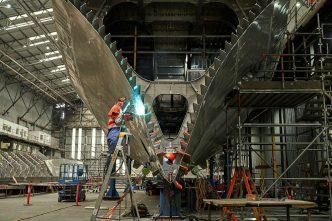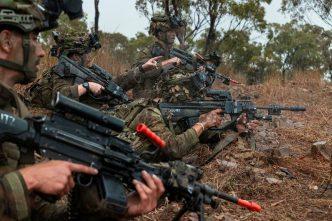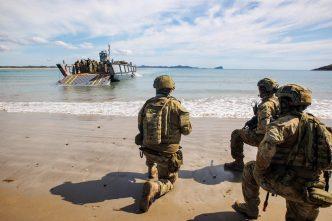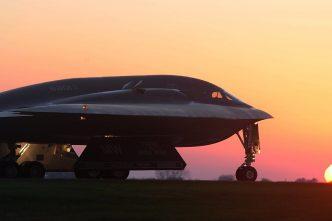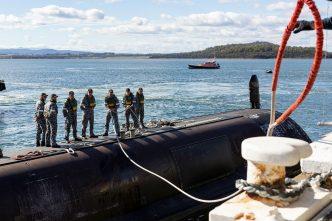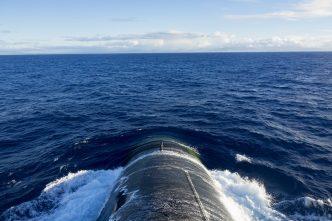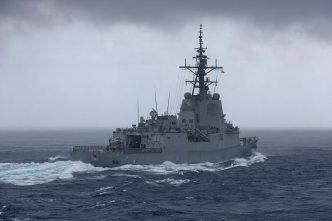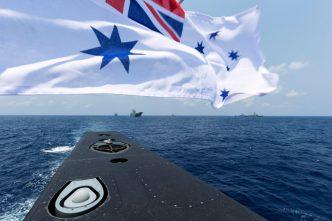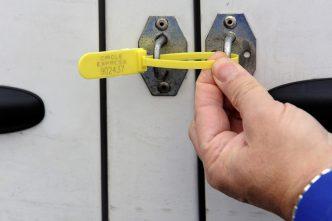Australia faces a deteriorating geostrategic environment, and the recent defence strategic review has found that the military’s force structure is not fit for purpose. In line with the review’s recommendations, the government has adopted the …
In the public mind, long-range strike options, such as land-based missiles and the AUKUS submarines, are ‘the deterrent’. If so, the Australian Defence Force is stuck in a holding pattern for many years to come. …
Public discussion of the defence strategic review (DSR) has focused on the announced changes to major capability programs. On that score, the statement by Defence Minister Richard Marles that the DSR is ‘the most ambitious …
As great-power competition intensifies, the role of deterrence and the potential for escalation have taken on renewed importance in the security calculations of Australia and other US allies. How to manage deterrence and escalation is …
What’s the essence of the US–Australia alliance? For the late Des Ball, it lay in close intelligence cooperation. Many would point to Article IV of the ANZUS Treaty, which commits both countries ‘to meet the …
Australia’s decision to acquire nuclear-powered submarines—and the decisions by the UK and US to support that endeavour—is momentous. If we’re looking for reliable and considered judgements about why and how it came about, we need …
No other weapon system embodies the menacing, but also out-of-sight, presence of nuclear weapons better than the stealthy nuclear-powered ballistic missile submarines (SSBNs) that have, for six decades, ceaselessly prowled the world’s cold ocean depths, …
While current concerns about Australian strategic policy are many, the underlying theme behind much of the disquiet is that we aren’t sufficiently prepared for the demands of major war in our own region, even before …
The strategic policy chapter in the 2016 defence white paper doesn’t provide a framework to determine priorities for force structure, posture and employment. Old concepts such as ‘self-reliance’ have become divorced from their original strategic …
Four years have now passed since the release of the 2016 defence white paper, the most recent comprehensive review of Australia’s defence policy and capability. The main contours of that document were set down as …
Speaking at the Hudson Institute in Washington two weeks ago, Defence Minister Linda Reynolds affirmed Australia’s readiness to play a more active role in supporting US deterrence in the Indo-Pacific. Her remarks come at a …
What a way to start a year! The debate initiated by three former Australian deputy secretaries of defence—Hugh White, Paul Dibb and Richard Brabin-Smith—about the possibility of Australia acquiring nuclear weapons is certainly being noticed …
